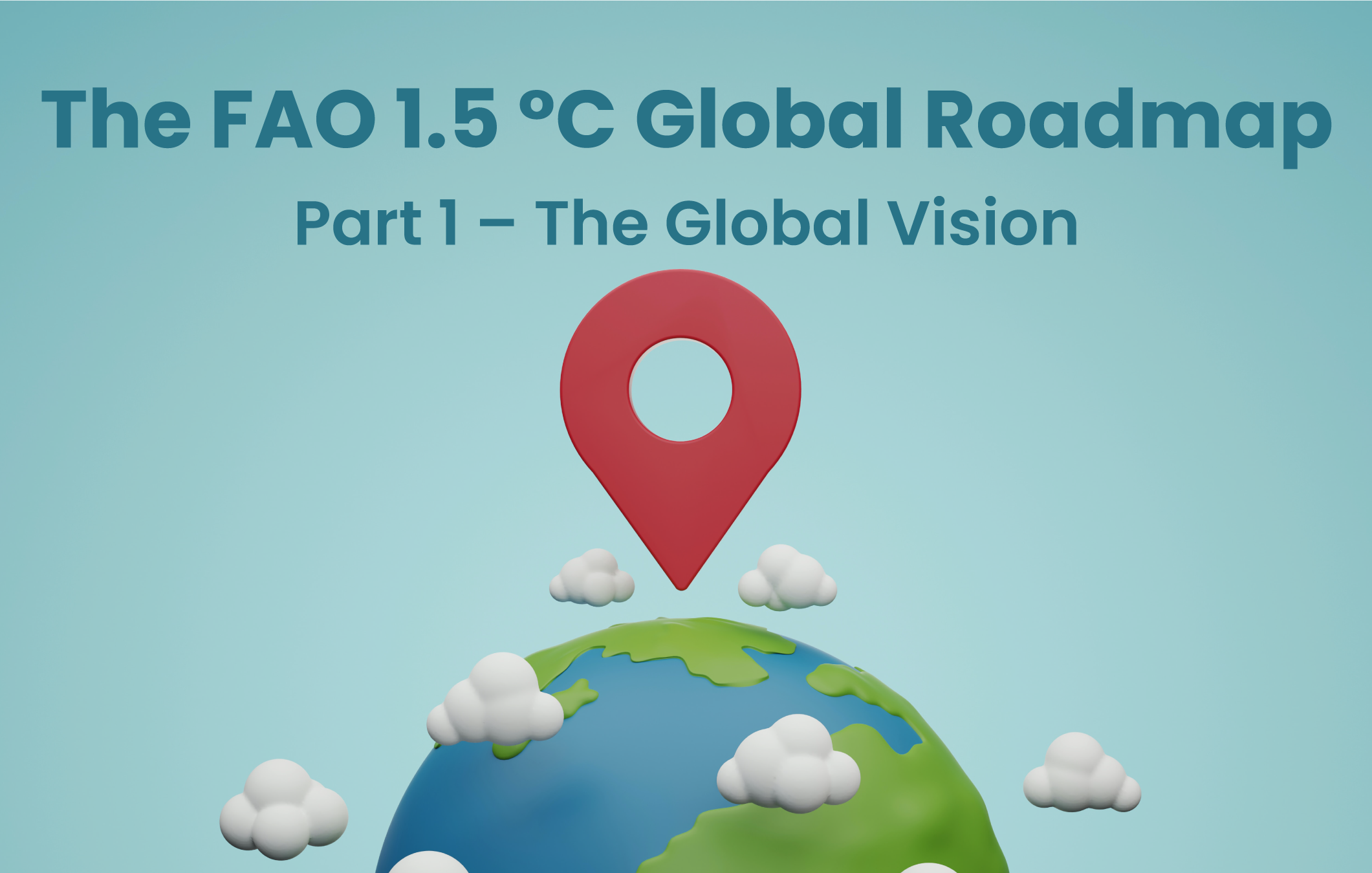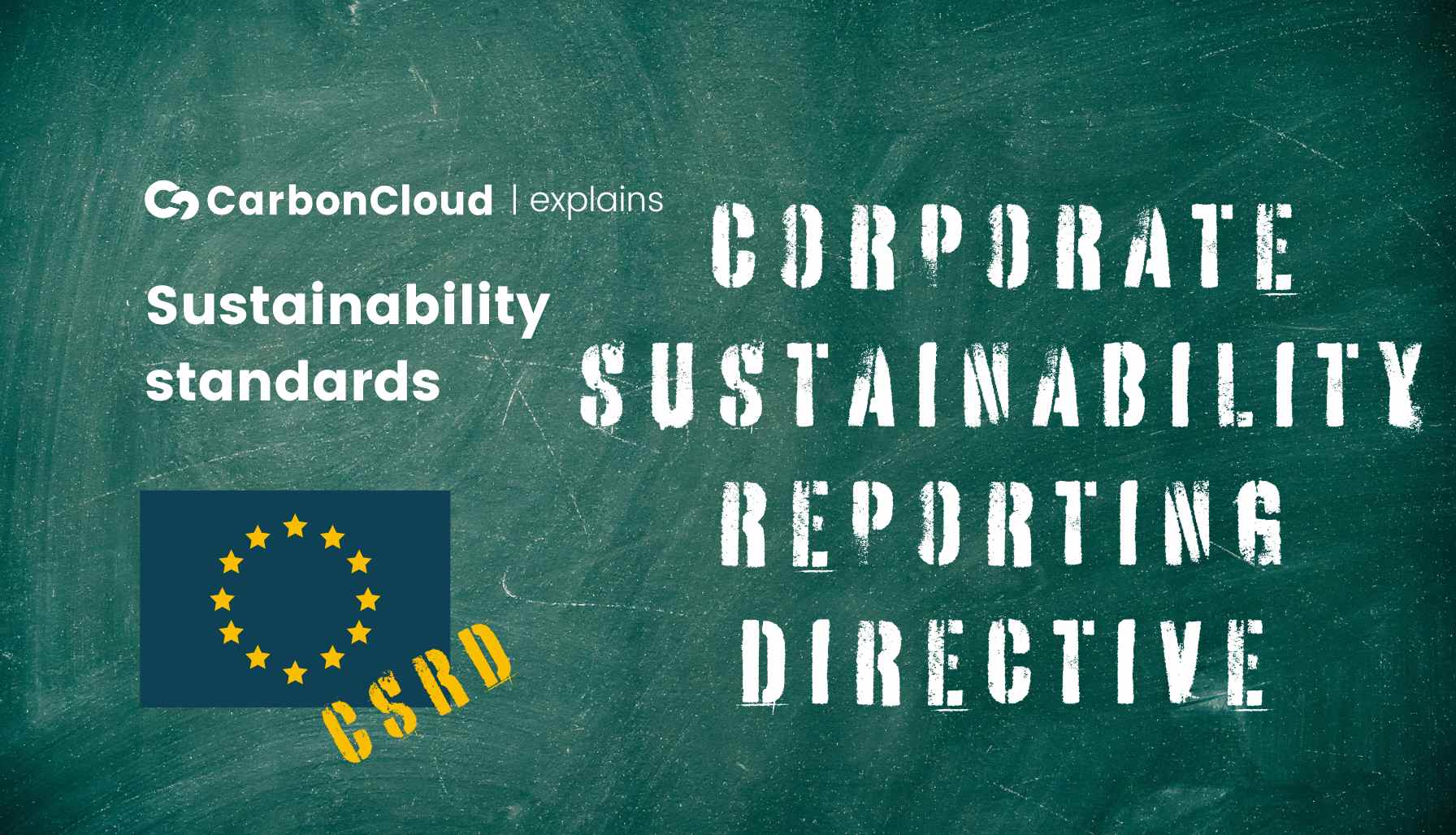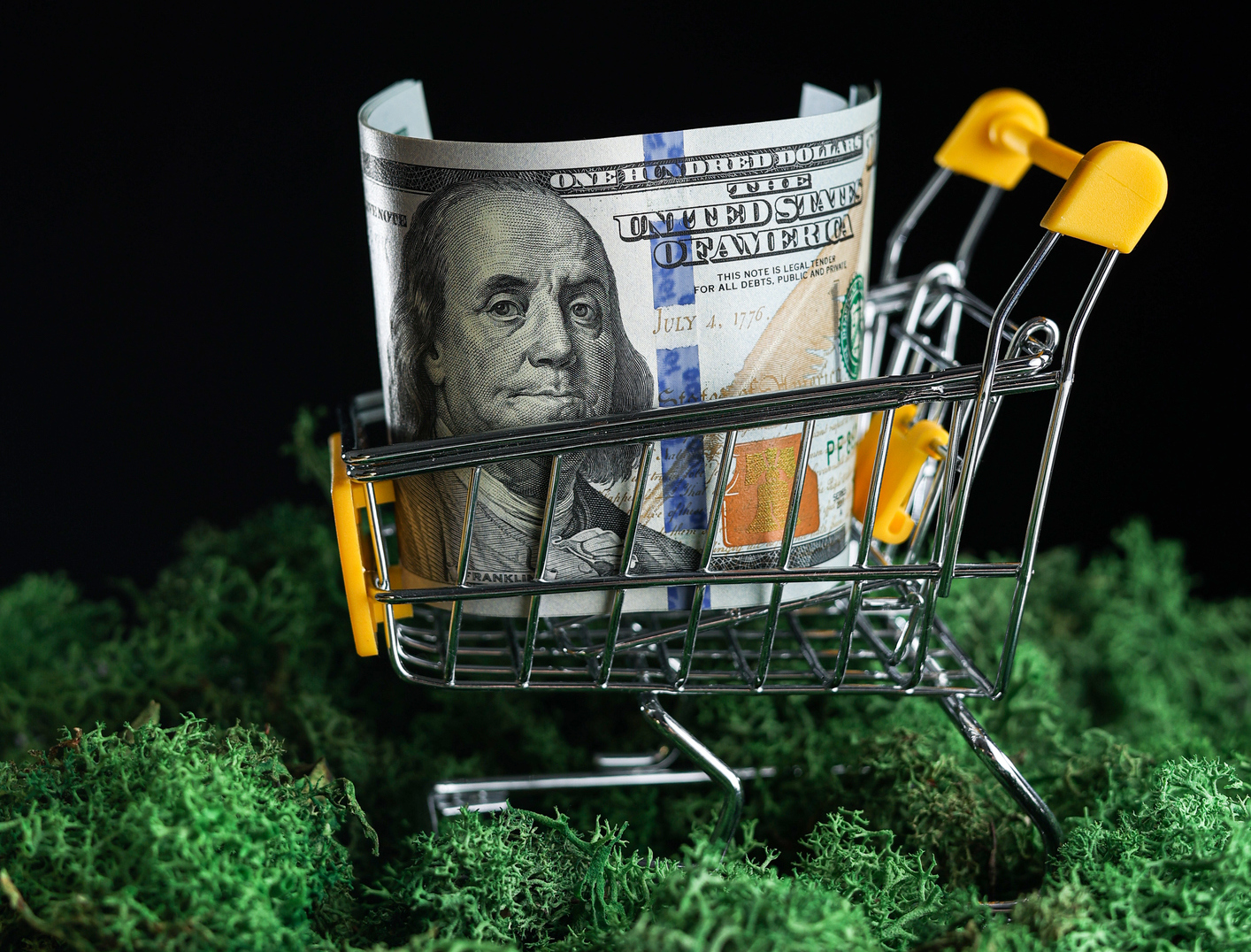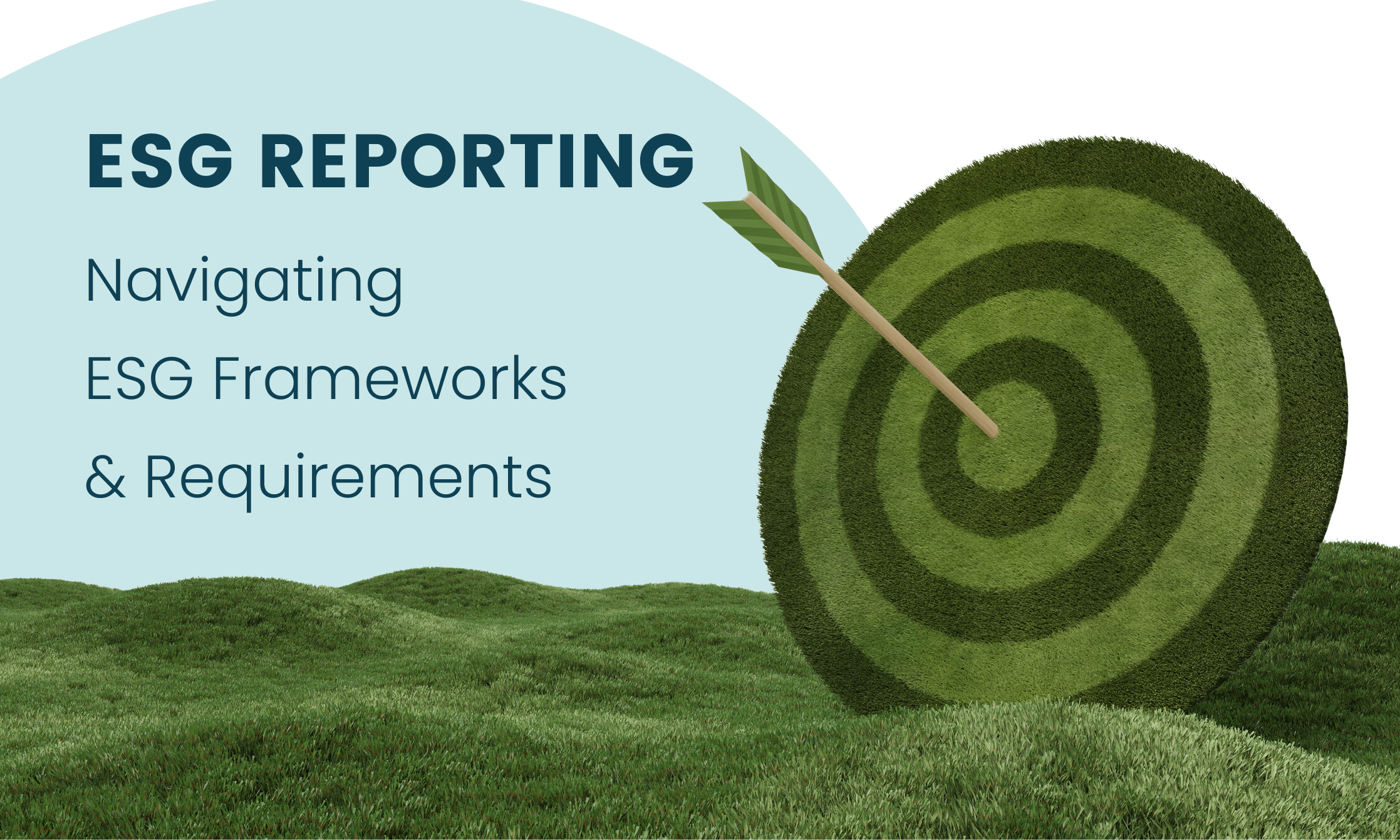FAO 1.5°C Roadmap: The net-zero plan for food
Discover the FAO 1.5 °C roadmap for transforming agri-food systems and achieving sustainable goals. Explore sector-specific solutions across domains like livestock, healthy diets, fisheries, and more. Learn about emission reduction targets and the roadmap’s ambitious vision
COP28 may have been turbulent but it closed with a bang. At the tail of COP28, FAO released the first part of the 1.5 °C roadmap for agri-food system transformation. After years of noticeably absent agenda items for the food system, 2023 gives the food industry its own Paris agreement equivalent, the guiding star for the net-zero food system.
What is the FAO 1.5 °C roadmap?
The FAO global roadmap is set to outline a comprehensive strategy for the food system to achieve UN’s Sustainable Development Goals and the 1.5°C by 2050 goal as set at COP21 in Paris. Endorsed by over 150 countries and supported by FAO, it is positioned as the future industry standard for climate action, with sector-specific solutions across 10 domains.
Why is the FAO 1.5 °C roadmap important?
For years, the focus of COP has rightfully been on fossil fuels and carbon dioxide emissions. As the global awareness and maturity on the topic of climate change increased, most industries aligned with the 1.5 °C target and have initiated their transformation – look no further than the automotive and renewable energy industry for stark examples.
In the meantime, the discussions on the food system, which represents a third of the global emissions and is the 4th largest sector contributing to climate change, were humble, to say the least. Even with the COP26 methane pledge, the focus on the food industry was slim. This is to little fault of the food industry – the roadmap for other sectors was clear: Decarbonize and transition away from fossil fuels. Food system emissions are not as clear-cut. That’s why the global agreement, buy-in, and direction of the FAO 1.5 °C roadmap are critical for the industry mobilization.
What is the FAO 1.5 °C roadmap timeline?
The first part of the FAO 1.5 °C roadmap released with COP28 outlines the global vision for the system transformation, with 10 focus domains and 120 actions. Parts 2 and 3 are expected to be published at the conclusion of COP29 and COP30 respectively.
- Part 2 will focus on costing, financing, and prioritizing action in the 10 focus domains.
- The roadmap will be finalized in 2025 with Part 3, where the actions, accountability, and costs will be broken down to a national level and delegated to countries.
What can we take from Part 1 of the FAO 1.5 °C roadmap?
Part 1 of the FAO 1.5 °C roadmap is based on one principle: A just transition of the agri-food system to net-zero, where food security and nutrition in ensured for the global population. The signatories of the roadmap identify two levers to this transition:
– Improved efficiency
This lever addresses the optimization of how we use the system’s resources and suggests we use them in a holistic way.
– Global rebalancing
Global rebalancing refers to even out production and consumption patterns across the world to address inequalities in access to food.
In this spirit, FAO identifies 10 domains of action and 120 actions for the domains collectively.
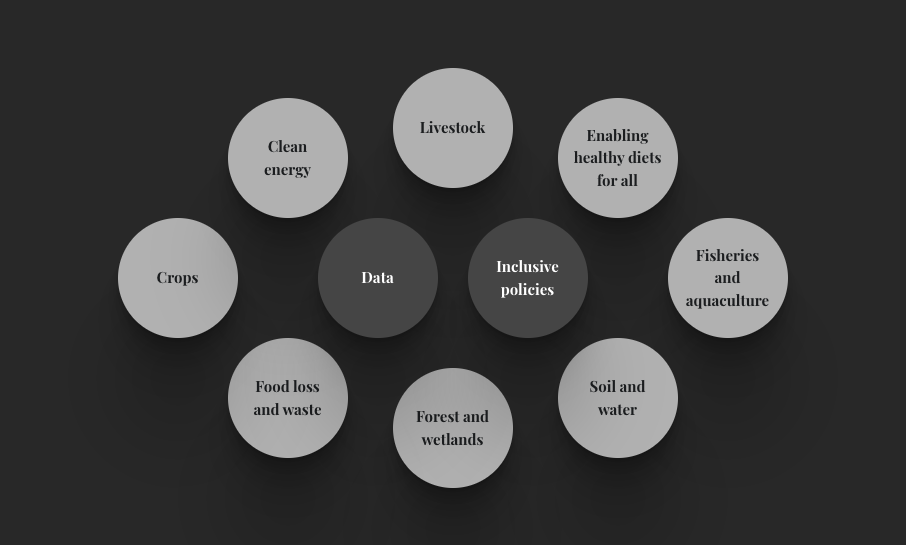
– Livestock
The roadmap actions for livestock invite the industry to take a closer look at animal health, improve land use practices and feed, manage the livestock population according to the local resources, and enhance productivity.
- Healthy diets for all
The roadmap actions for livestock invite the industry to take a closer look at animal health, improve land use practices and feed, manage the livestock population according to the local resources, and enhance productivity.
- Fisheries and aquaculture
Seafood receives high praise in the FAO roadmap. The industry is encouraged to focus on improving productivity, worker protection, and access, and to rally up the use of technology.
- Soil and water
Soil and water are highlighted as critical components in the transformation. The roadmap calls for improving knowledge on sustainable practices and soil health, reducing the use of chemical inputs, and increasing the use of technology. Moreover, the actions related to irrigation are not as soft. Water policies, irrigation systems, and capital are called to change towards using clean energy and increased governance.
- Forests and wetlands
A critical domain for climate change, action in forests and wetlands includes protecting existing forests and land tenure, prioritizing locations for forest restoration, and increasing capital and governance in forest management.
- Food loss and waste
Signatories see a large opportunity in food waste as the aim is to fully eliminate it. The roadmap calls for improved production, distribution, and procurement, targeted intervention in areas with high loss, and increasing consumer awareness around circular economy.
- Crops
Crops are seen as vital in the system transition and the roadmap aims not only to secure future production but increase crop productivity. The actions in this domain focus on improved breeding and diversification, optimized fertilizer use, and holistic management practices. Additional actions include increased resilience, digital adoption, and market access.
- Clean energy
Agri-food systems are positioned at the center of the clean energy transition with circular and performance-based approaches to save energy, use of renewable energy, enhanced infrastructure, and efficient provision of bioenergy.
2 of the domains are systemic enablers:
- Data
According to the roadmap, improved data systems are a necessary condition for the success of all other domains. Actions in the data realm include standardization of emissions measurement across global actors and value chains, more robust data on land tenure, aquatic resources, and crop productivity.
- Inclusive policies
Inclusivity and increased access are a strong common thread across all 8 domains and facilitate the global rebalancing. Actions for inclusivity call for supporting the populations most vulnerable to climate change, enhanced risk management and capital alignment and promoting transparency across global trading.
Where should emission reductions happen in each of the domains?
The FAO roadmap breaks down the opportunities for emission reductions across value chain activities and throughout the years until 2050.

According to the vision, the food industry should move towards these high-level targets of reducing emissions:
-
-
- Emissions from deforestation and food waste must be eliminated – all the way down to zero.
- Emissions from energy at farm and organic soils must be reduced to an absolute minimum.
- Downstream energy must be minimized by 80%.
- Upstream energy is set for a 75%.
- Livestock emissions and other Land Use emissions must be halved.
- Emissions from crops and downstream energy must be reduced to a third.
- Ecosystem restoration efforts must double.
- The system is expected to decarbonize fully by 2035
- Nitrous oxide and methane emissions must be halved by 2050
-
Takeaways from Part 1 of the FAO 1.5 °C roadmap
All in all, the signatories of the roadmap articulated an ambitious vision for the transformation of agri-food systems. In our humble opinion, when we saw the “Global vision” headline, we expected a more visionary presentation. We stand corrected as the vision has a tangible breakdown, concrete actions, goals, and direction. The release of Part 2 of the roadmap where these actions will be tied up to cost and financing will be immensely interesting and an even more concrete mobilizing force.
Stay tuned for Part 2 until December 2024!
Related Posts
ESG Standards Explained: Corporate Sustainability Reporting Directive (CSRD)
The European Union’s Corporate Sustainability Reporting Directive (CSRD) is mobilizing ESG reporting for the food and beverage market. But there is another good reason to look at CSRD closely: CSRD
The net-zero transformation is data-driven
Tackling climate change is complex and change leaders often remark that there is no silver bullet. At CarbonCloud we not only agree with this point; we actively engage with it. But something comes dar
Sustainability claims: A 56% growth opportunity for food producers and retailers
Attributing sustainability claims to sales growth has been a year-long quest with loose results for the food industry. A new market report puts the quest to rest, providing 5-year-long evidence that s
ESG Reporting: Navigating ESG frameworks & requirements
Learn all about ESG reporting standards to promote transparency, impress your stakeholders, and boost your brand. What Does ESG Reporting Mean? Why Is ESG Reporting Important For Companies? Mandatory

